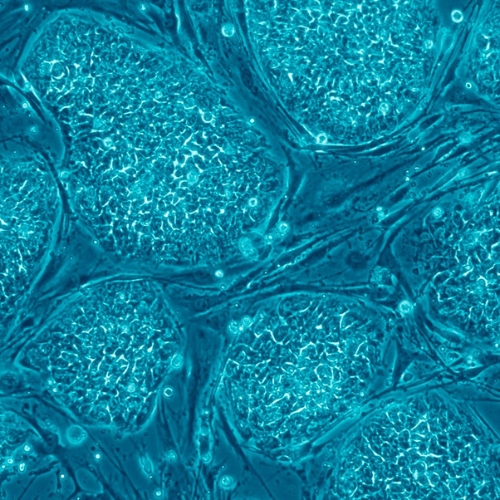Key points from article :
Scientists investigating telomeres and stem cells have reported what lies behind the immortality of stem cells.
In adult cells, telomeres shorten each time a cell divides and this contributes to ageing and cancer.
Pluripotent stem cells do not age and have the ability to turn into any type of adult cell.
A protein called TRF2 arranges DNA at the chromosome end into a telomere-loop structure.
To the researchers’ astonishment, removing TRF2 from pluripotent stem cells did almost nothing.
“This upends 20 years of thinking on how stem cells protect their DNA,” - Tony Cesare, co-leader of the research.
Has major implications for research on ageing, human development, regenerative medicine, and cancer.
“...the critical protective element at chromosome ends is the telomere DNA loop.”
"This is tremendously exciting for molecular biology and opens up a whole new way of thinking about immortality in stem cells.”
Study by the University of Sydney published in the Journal Nature.






